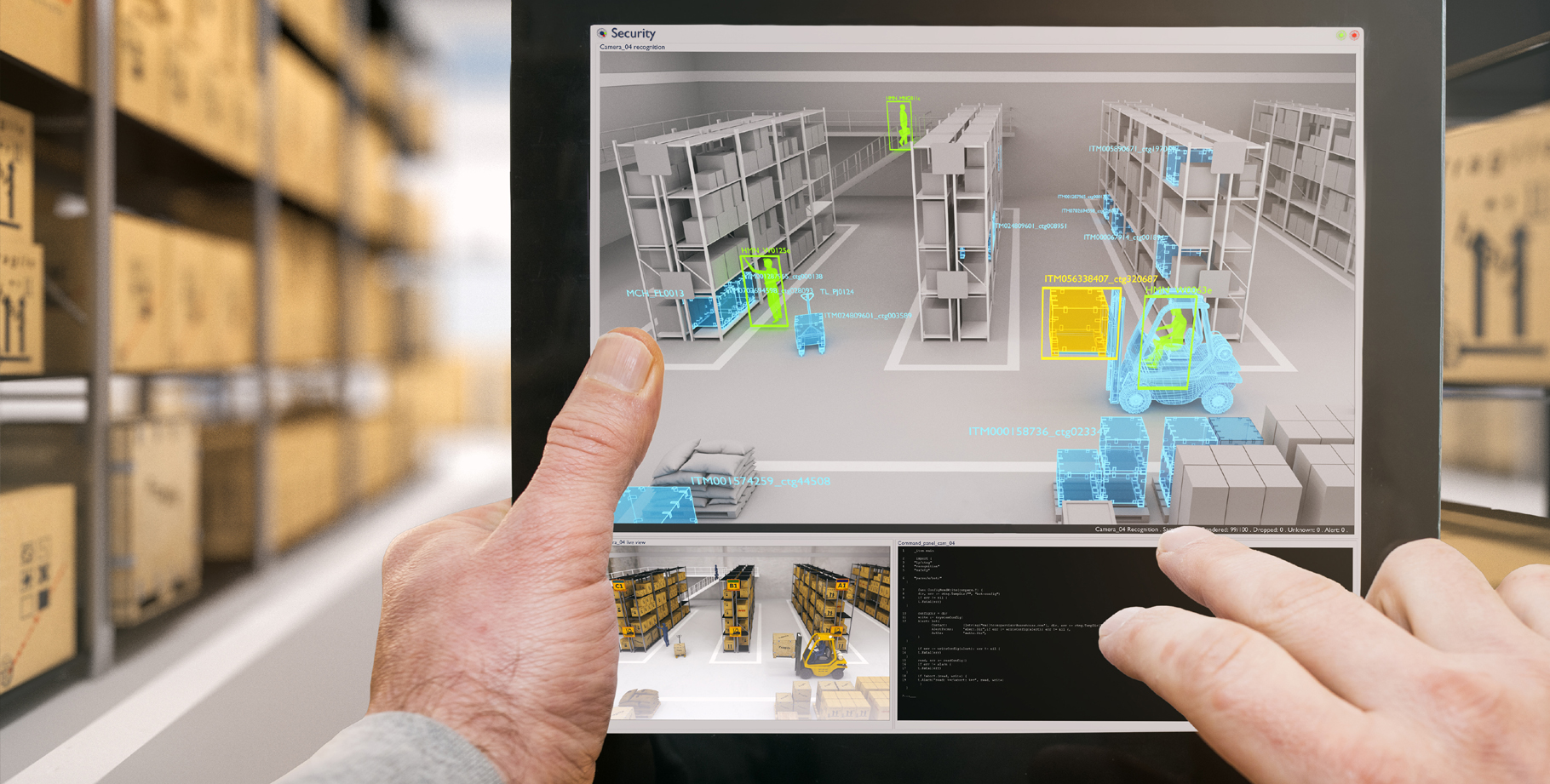XR has the potential to enhance warehouse operations, order fulfillment, inventory management, training, and transportation logistics. Here are some key roles of XR in logistics:
XR Sense provides a range of Extended Reality (XR Sense) solutions for use in Logistics organizations, including hardware, software and services.

XR can improve efficiency and accuracy in warehouse operations and inventory management. AR can overlay real-time inventory data, order details, or picking instructions onto the worker’s field of view, enabling faster and error-free order fulfillment. XR can also assist in inventory tracking, stock management, and optimizing storage space by providing visual cues or highlighting locations.
XR technologies can streamline the order fulfillment process in logistics. AR can guide workers through pick-and-pack tasks by overlaying digital information, such as product details, location guidance, or barcode scanning, onto physical items. This improves picking accuracy, reduces errors, and enhances overall efficiency in order fulfillment operations.
XR can provide immersive and interactive training experiences for logistics personnel. VR simulations can replicate warehouse operations, inventory management, or transportation scenarios, allowing individuals to practice their skills and decision-making in a safe and controlled environment. AR can overlay virtual information onto the real world, enabling on-the-job training and providing real-time guidance.
XR facilitates remote assistance and collaboration in logistics operations. Using AR glasses or devices, logistics workers can connect with remote experts who can provide real-time guidance, instructions, or troubleshooting support. Remote experts can use AR overlays to annotate live video feeds or provide visual aids, improving communication and problem-solving in remote or complex situations.
XR technologies can enable the visualization and analysis of logistics data in a more intuitive and actionable manner. MR can merge virtual representations of warehouses, transportation routes, or supply chains with real-time data, enabling operators to identify trends, optimize workflows, and make data-driven decisions. This supports process optimization, predictive analytics, and continuous improvement in logistics operations.
XR can assist in transportation logistics and route optimization. AR can provide real-time navigation assistance, overlaying turn-by-turn directions, traffic information, or delivery details onto the driver’s field of view. This improves route planning, reduces transportation time, and enhances overall efficiency in logistics operations.
XR technologies can enhance the customer experience and last-mile delivery in logistics. AR can provide real-time updates, delivery notifications, or interactive visualizations to customers, ensuring transparency and improving customer satisfaction. VR can create virtual showrooms or product experiences, enabling customers to preview or customize products before making purchasing decisions.
